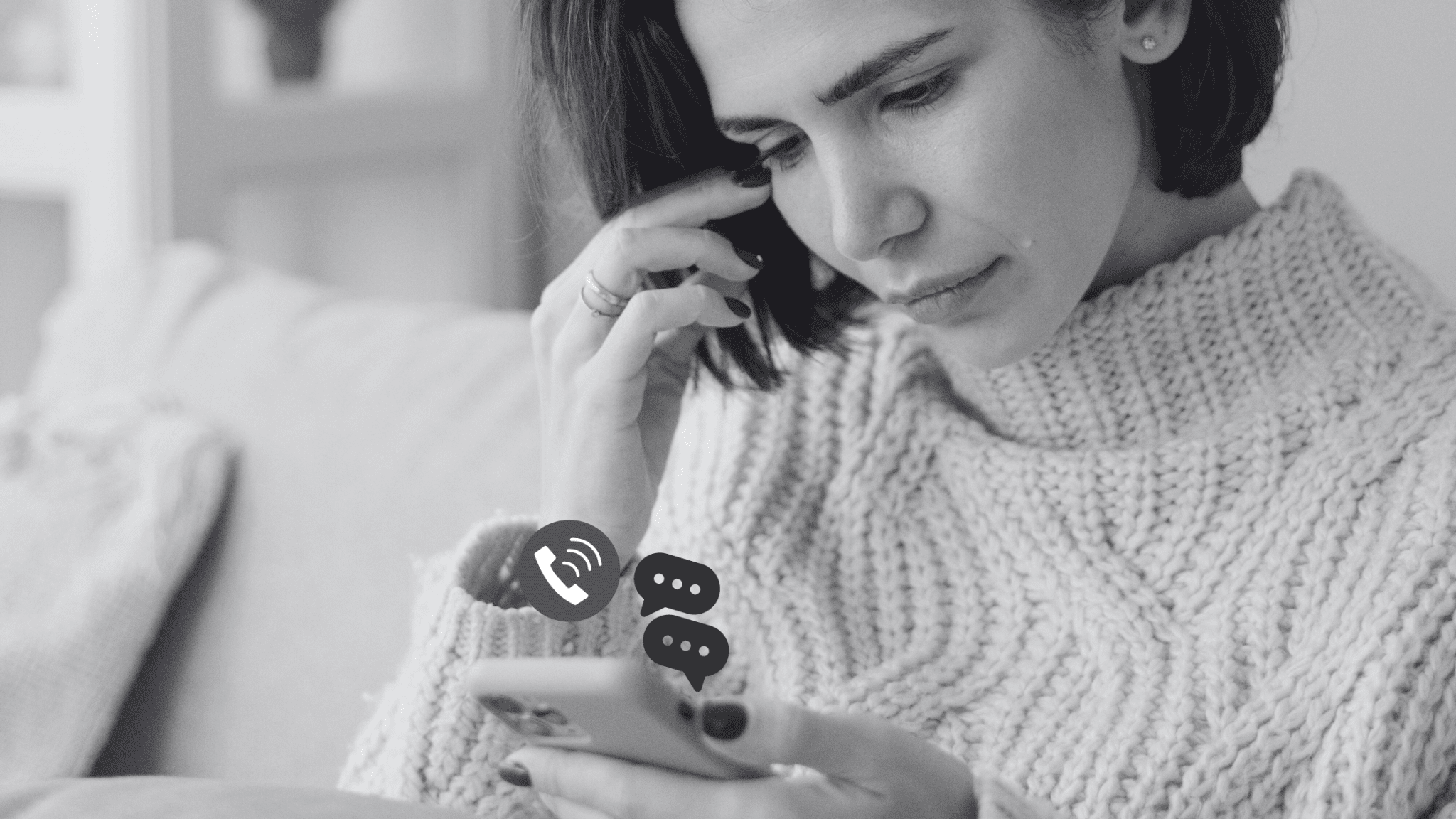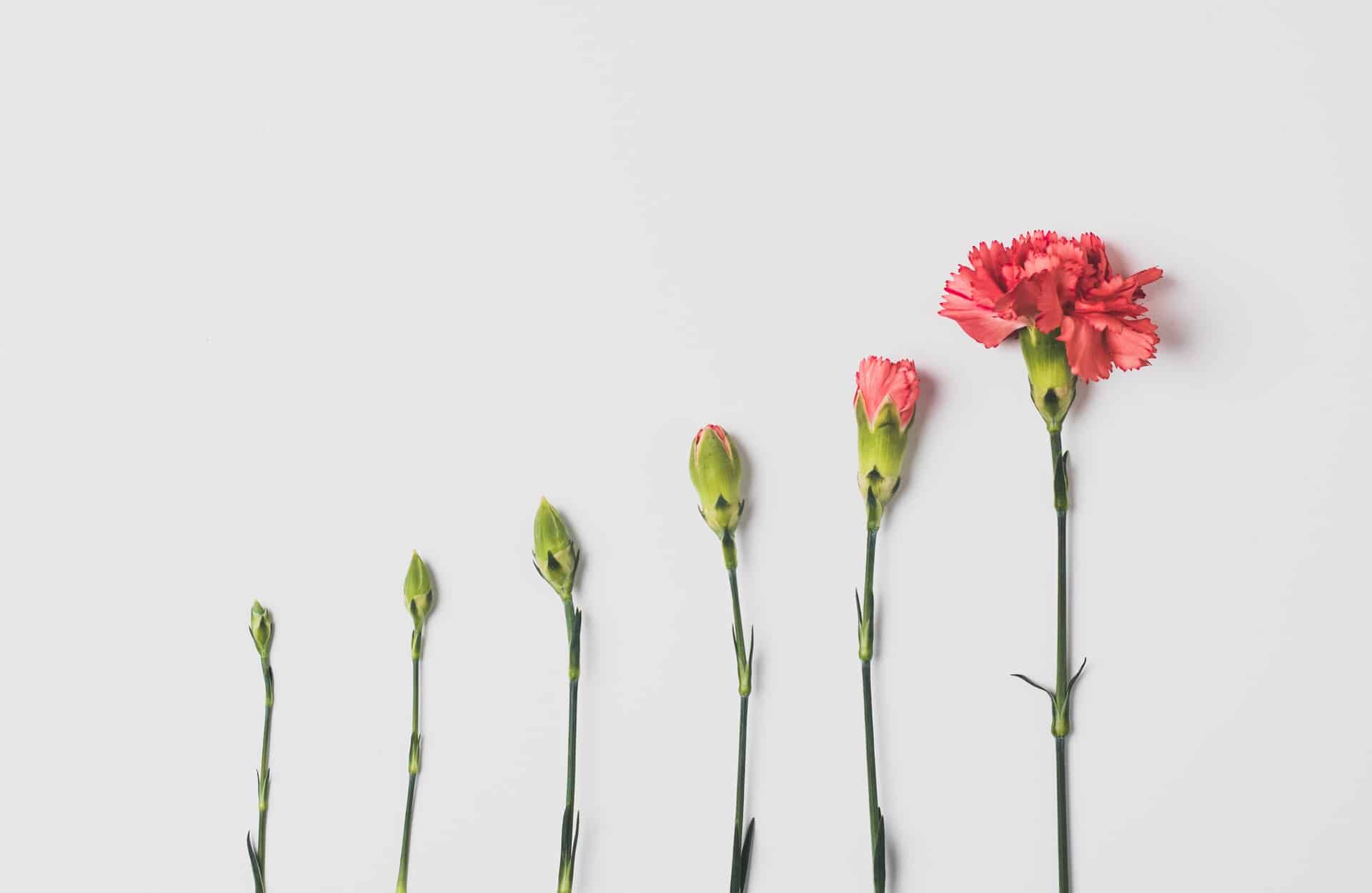Create Habits That Last: 3 Simple Ways Get Started and Find Freedom

Break the cycle of abandoned goals & create habits that last longer than just Janauary!
Is parking at your gym becoming more accessible these days?
Maybe your eerily quiet social media feed has resumed its usual buzz of memes, or the drive-thru line at your favorite coffee shop is getting busier again (mine sure is).
Welcome to February, the month of abandoned resolutions.
For many, the beginning of a new year is a time for reflection. It’s an opportunity to think back on the past year, to decide what you’ll take with you and what you’ll leave behind. Many people consider it the ideal time to set goals — in fact, 39% of us made a New Year’s Resolution this year.
New Year’s resolutions may be popular, but they are often quickly discarded. Detoxers return to social media, and gym newbies quit.
Why do we abandon those goals, and how can we break the cycle?
In this article, you’ll discover why resolutions don’t work, the importance of habits, and how we can create habits that last.
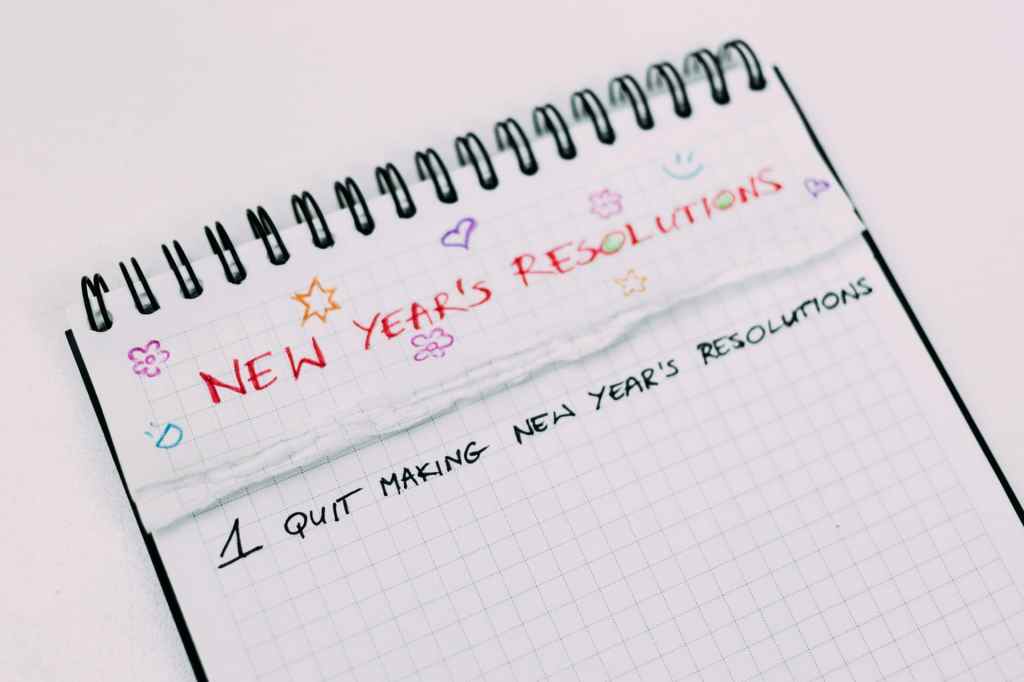
Why We Make Resolutions
Everybody loves the chance to start fresh and better themselves. This is a deeply ingrained tradition, and the “New Year’s effect” is only one aspect of a much broader pattern. In most cases, New Year’s resolutions are well-intended.
While some people can start anew at any time, others need a defining moment like the New Year to truly motivate them.
Moments like these, called temporal landmarks, stand out in our memory and help us track time. These milestones can be socially significant, like a new year, month, or week, or they can be personal, like a birthday or the start of a new job.
Psychologists have discovered that significant occasions such as the first day of a new year lead to a “fresh start effect.” Starting fresh gives us a chance to move past our faults, giving us a chance to see the big picture and act more like the person we want to be.
True transformation is based on behavior changes, not simply the turn of a calendar.
… And Why Those Resolutions Fail
Fresh starts can be motivating, but they are also likely to fail if not taken seriously.
And that’s certainly the case for resolutions — only 8% of Americans keep their New Year’s resolutions, and 80% have abandoned them by February.
Most resolutions fail because they are vague or unrealistic. It’s easy to get caught up in the collective high of the New Year and declare a resolution on social media like everyone else, vowing to run a marathon or go vegan.
In reality, many people will set either wildly unrealistic goals or boring goals they’ll soon tire of without a plan.
Resolution-makers also tend to suffer from “false hope syndrome.” It is easy to underestimate how much work it takes to achieve meaningful change. Consequently, we have unrealistic expectations about the result and think it can be achieved quickly and easily.
True transformation is based on behavior changes, not simply the turn of a calendar. Making a goal on the first day of the new year or any other special occasion isn’t enough without a plan and hard work.
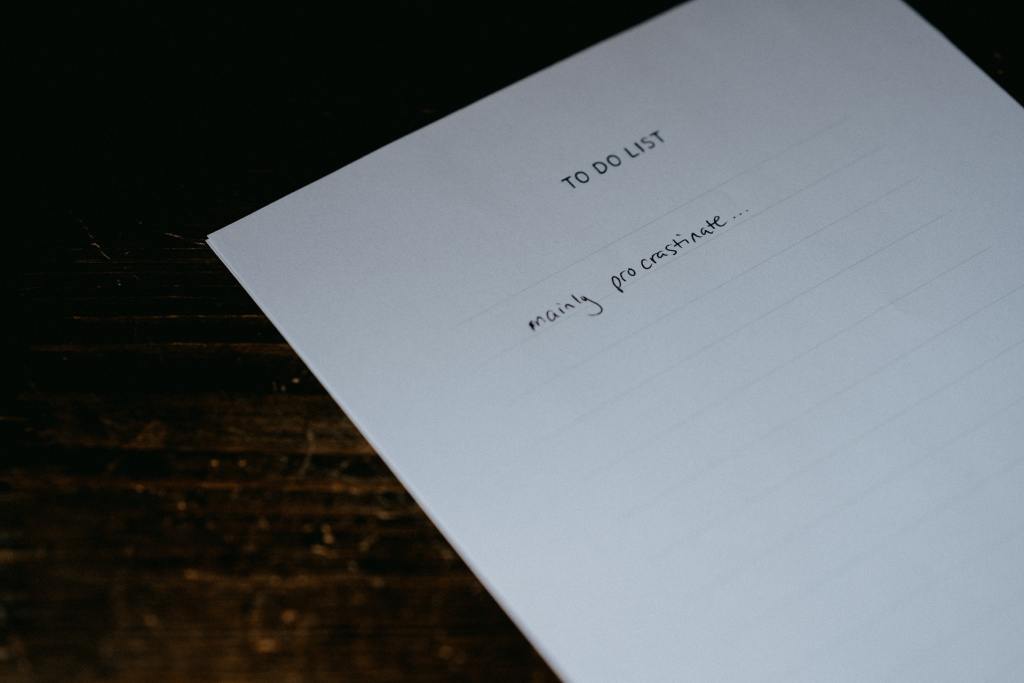
The Lasting Power of Habits
The key to lasting change, new year or not, is to shift our mindset from resolutions to habits.
Habits are behaviors that we repeat regularly, day after day. A typical day involves a lot of decisions and actions, about half of which are determined by our habits. Let’s put that another way — five out of every 10 minutes of our day, we act out of habit.
It’s no wonder scientists and psychologists have written extensively about this. Search engines turn up millions of results on “how to hack your habits.”
That inherent consistency is what makes habits far superior to willpower. While willpower requires consciously acting, habits are driven by instinct.
We shape our lives through these routine acts. If you’re very fit, it’s probably because you make consistently healthy choices. A sound savings account means you likely make wise financial decisions regularly. Unfortunately, our habits don’t always benefit us — I’m looking at you, nightly pint of ice cream.
To lead a healthy and fulfilling lifestyle, sometimes it’s necessary to change our routines (I’ll miss you, brown butter almond brittle). Habits can help us achieve our goals more effectively than resolutions, and fortunately, anyone can learn to develop them.

Resolutions vs. Habits
You might be thinking, but resolutions and habits are pretty much the same things, right?
Sometimes they can be intertwined, yes. People who keep their resolutions succeed because they develop habits that help them achieve their goals.
But at their core, habits and resolutions have a primary difference — willpower.
People often depend on willpower to help them keep their resolutions. They believe that exercising self-control over their immediate desires will help them achieve their long-term goals. And yeah, turning down the evening ice cream enough times will undoubtedly contribute to a dropped dress size or two (and a serious case of the grumpies).
There’s a problem, though — willpower just doesn’t work. In fact, a lack of will is generally cited as to why people fail to achieve their goals.
Why Habits Are The Key
According to research, willpower is similar to muscle. It only has so much stamina before it’s exhausted. You can eventually replenish it, but relying on willpower alone means you have no backup plan when it runs out.
And it won’t take long to surrender to that pint of ice cream without a plan.
Psychologist Blair Saunders says counting on willpower alone “is almost like relying on [an] emergency brake when you are driving your car.”
It’s the last resort, a backup plan. It should be used very rarely, if at all, as your regular brakes are a better tool for the job and are unlikely to fail. In the long run, you are safer with the standard brakes than the emergency brake, which can’t be used regularly and doesn’t guarantee a crash-free trip anyway.
My point? Habits have more power than discipline alone.
Studies have found that as a habit forms, the behavior becomes automatic, requiring less mental effort. Once you’ve firmly established the practice, you switch to autopilot and do it without even thinking about it.
That inherent consistency is what makes habits far superior to willpower. While willpower requires consciously acting, habits are driven by instinct. A solid routine automates our desired action, so we don’t need willpower at all.
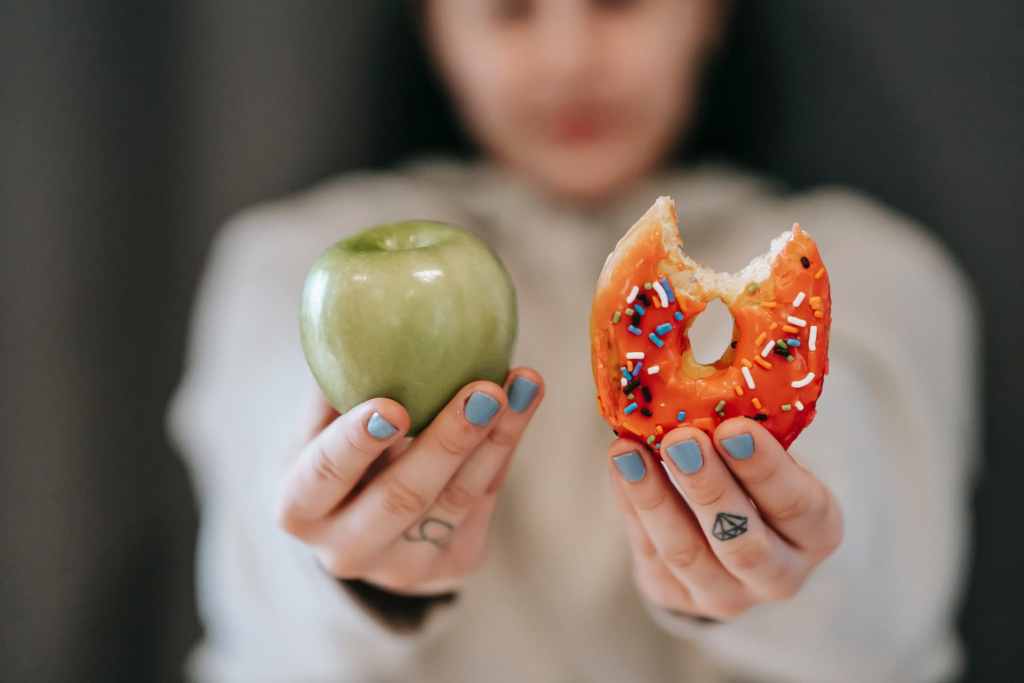
How To Start a Habit: 3 Steps To Lasting Change
Even though habitual behaviors sometimes develop independently (ice cream anyone?), intentionally establishing them is usually a challenge.
Because every person and behavior is unique, there is no one way to identify and change our patterns. It’s a process that requires self-analysis, planning, and, most importantly, a shift in mindset.
Although it’s difficult, it’s not impossible. You can start on the path to positive, lasting change by taking a few simple but powerful steps.
You can start on the path to positive, lasting change by taking a few simple but powerful steps.
Get Clear About Your Goals
Change begins with getting clear about precisely what you want. This means you need more than an idea or thought. You need a clear, documented goal.
The evidence supports this — a study on goal-setting discovered that only 43% of participants achieved their goal by just thinking about it. Comparatively, 76% of those who clearly identified their objectives, wrote them down and created an action plan succeeded.
It’s pretty clear that defining your goals is crucial to success, but how exactly do you pinpoint them?
There are a variety of strategies for narrowing down your goals and prioritizing your efforts, a process called goal-setting. The process of setting goals is easier when you have a framework to work with, and there are many goal-setting techniques to try. Among the most popular are:
- SMART Goals
- Locke & Latham’s 5 Principles
- BSQ Framework
- OKR Method
- BHAG Framework
- The 20-Slot Rule
- OGSM Model Framework
Explore some of these to see which one resonates with you, then give it a try to identify your goals and start developing a plan to achieve them.

Identify Your Habit Loop
Once your goal is clear, the next step is to map out how you will get there. A vital component of this step is understanding how habits work.
Researchers have found that habits consist of three components: a cue, a routine, and a reward.
Using the latest psychological and neuroscience research, habit expert Charles Duhigg created a framework to describe the habit formation process that he calls the “Habit Loop.” Duhigg’s theory is that when we break down our habits into their essential components, we can understand what they really are, how they work, and how to improve them.
Four steps are necessary to identify and change a habit loop:
Step One: Determine Your Routine
The routine is the part of your habit that results in the behavior you want to change.
Say, for example, that my goal is to clean up my diet. As part of my goal-setting framework, I’ve decided to stop eating ice cream in the evenings.
To change that behavior, I need to observe the routine that happens beforehand. Perhaps I notice a pattern — after finishing my evening tasks and the kids are asleep, I often grab a pint of ice cream from the freezer and curl up in my recliner with a blanket and a Lifetime movie ( … um, hypothetically).
Step Two: Evaluate the Reward
The reward is what motivates you to repeat a behavior to satisfy a craving.
Next time you feel yourself falling into your habit, switch up the reward. Try anything, as long as it’s something new. Rather than eating ice cream, for example, I could have a granola bar, draw a warm bath, or go for a walk.
After, sit for a few minutes and take note of how you feel. Was the reward enough to satisfy your craving?
The goal is to find out what reward you truly crave. Do I really want ice cream after a long day? I might just need a breather or comfort from the stress. If the warm bath is just as soothing, I know the craving wasn’t really for the ice cream.
The key to lasting success is focusing on the behaviors instead of the results.
Step Three: Identify the Cue
The craving plays a significant role in the habit loop because it serves as a cue for the behavior. It can be challenging to recognize cravings, though, since even though we can see them in hindsight, we’re rarely aware of them while they are happening.
You can identify the habit’s cue by observing a few characteristics of your behaviors. In his book, Duhigg outlines five factors that trigger habits:
- Location
- Time
- Emotional State
- Other People
- Immediately preceding action
Jot these things down every time you run the reward experiment and look for patterns — these are your cues.
In my case, I might notice that I’m always at home in the evening when my cravings occur and that it’s usually after my kids go to bed. My emotional state is usually tired, stressed, or overwhelmed, and I’ve typically just finished my tasks for the day.
Step Four: Make a Plan
Now that you know your habit loop, you can formulate a plan to change it.
Our brains follow a formula for automatically performing our habits: When I experience a cue, I’ll do a routine and get the reward.
In my example, the formula is: When I feel tired, stressed, or bored in the evenings, I’ll have ice cream to take a break in an attempt to soothe stress.
Understanding this reveals the secret to successfully changing a habit: You must prepare for the cue to be ready to replace the routine and still get the reward.
Now, ‘example me’ can successfully break the ice cream habit by better preparing for that evening cue. I can draw a soothing bath or put the kettle on for tea as I finish my last few tasks, so I have relaxing options ready for me as soon as I’m done. I can put a book next to my favorite chair, set up a schedule to block my internet access, or fill my freezer with fruit for a refreshing treat.
All of these options can still give me the same comforting me-time in the evenings without adding to my waistline.

Imagine Your Ideal Self
With a clear goal established and the framework for achieving it laid out, all that is left is actually doing the work. But there is one more important consideration — changing your mindset.
According to James Clear, author of the New York Times #1 bestseller Atomic Habits, lasting change begins with establishing a new identity.
Clear suggests that our present behaviors reflect our views and make up our current identity. To succeed at changing those behaviors, he says we need to develop a new identity or believe something new about ourselves.
According to his theory, behavior changes happen at three levels:
- Outcomes: At this level, your focus is on specific results, such as losing weight or saving money.
- Processes: This level is about your work, focusing on changing your habits and implementing new routines to achieve your desired results.
- Identity: Now, you are concentrating on changing your beliefs, perceptions, and judgments about yourself and others.
People tend to focus on the outcomes when striving for a goal, but changing your life doesn’t just have one result. Clear suggests a better alternative — identity-based habits. The theory is that we can become the person capable of achieving the things we want if we start thinking like them.
After defining your habit loop, ask yourself, “What kind of person would succeed at this?” Then, adopt their behaviors. For example, if you hope to stop scrolling your phone and read more books, think like a bibliophile and act as they would. If you want stronger muscles, think and act like a bodybuilder.
The key to lasting success is focusing on the behaviors instead of the results.
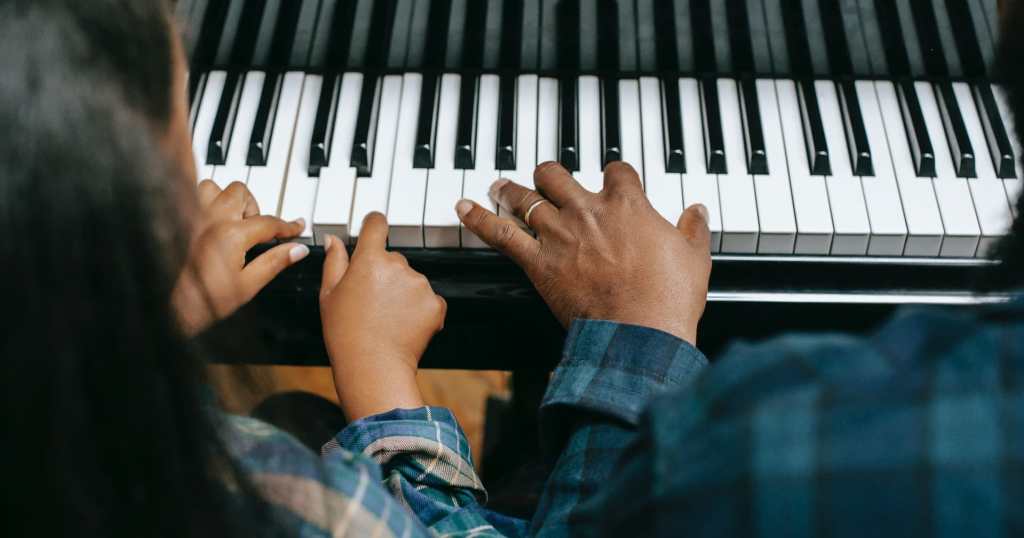
Find Freedom With Healthy Habits
It is deeply rooted in truth that people are creatures of habit. The habits we build throughout our lifetime become a huge part of our daily actions, routines, and behaviors and provide us with comfort. The human brain is wired to avoid discomfort and fear, so we avoid change.
But, like all creatures, we can grow, evolve, and adapt to our environments. Often, we jump into goals without a plan in an attempt to break our habitual patterns. Yet, as New Year’s resolutions show us, it’s not a good idea.
For most people, realistically changing significant parts of their lives takes time and effort. With these strategies, insights, and tips, you’re well on your way to ditching the resolutions and embracing healthy habits.
